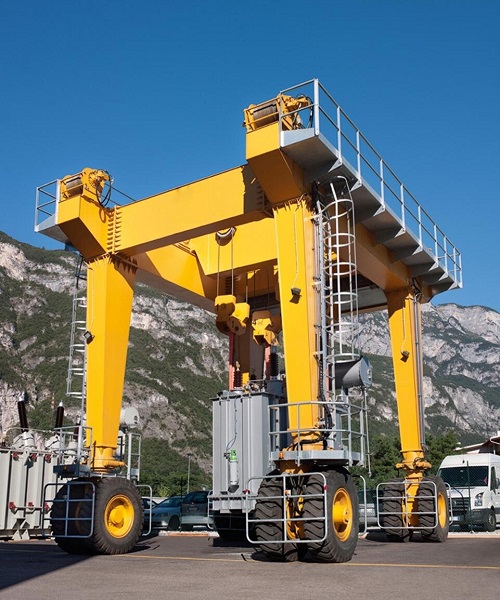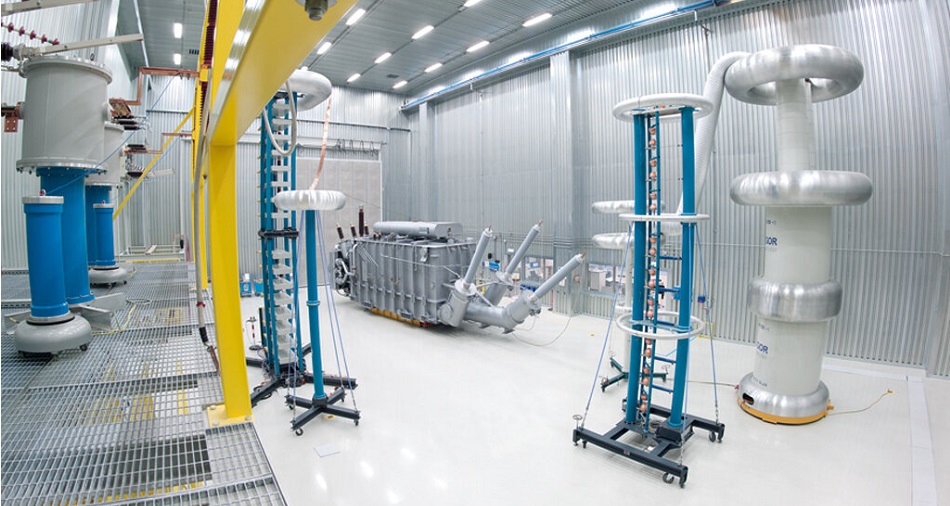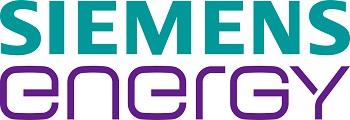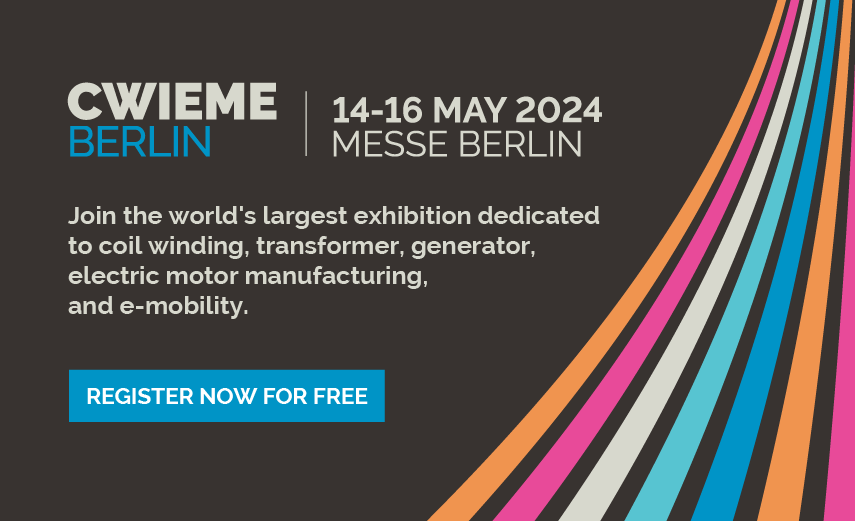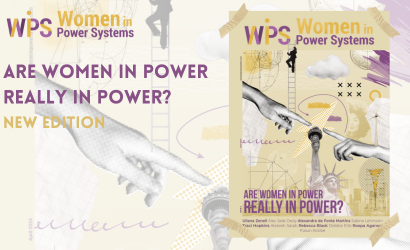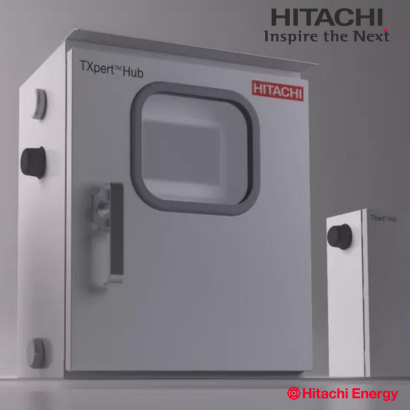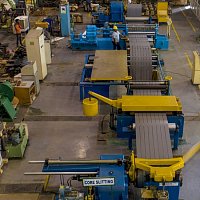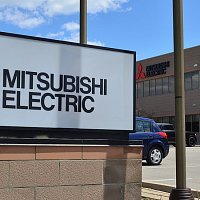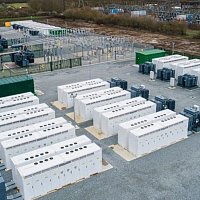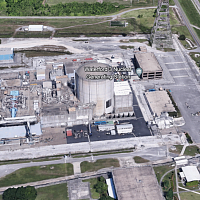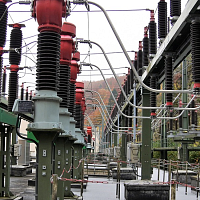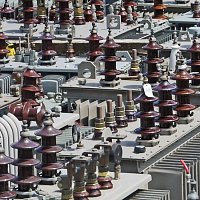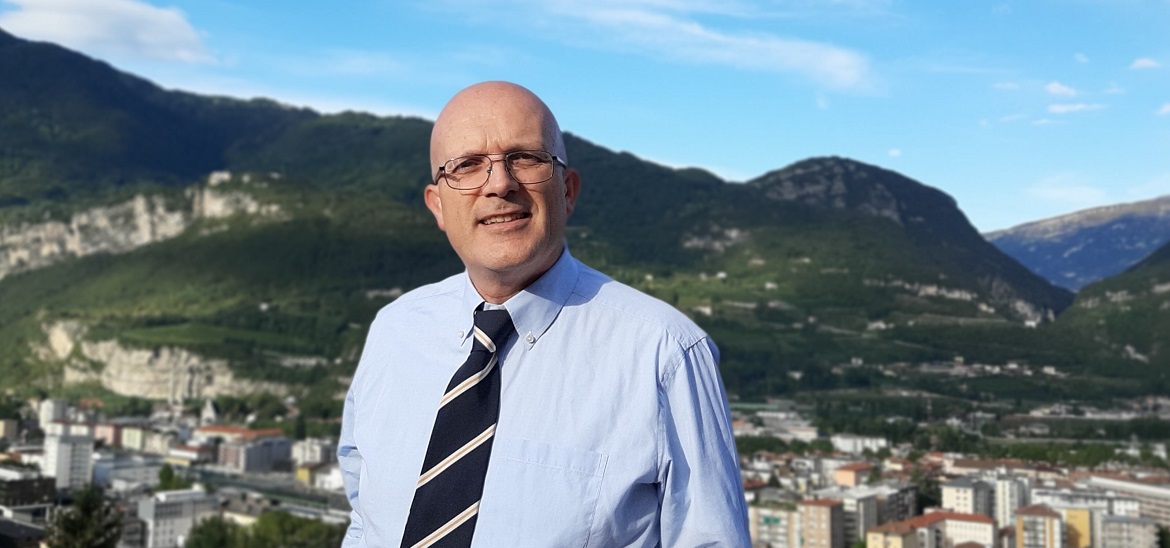
SPONSORED CONTENT
An expert Q&A with Giovanni Cattani, General Manager of Siemens Energy Transformers s.r.l. Trento, Italy
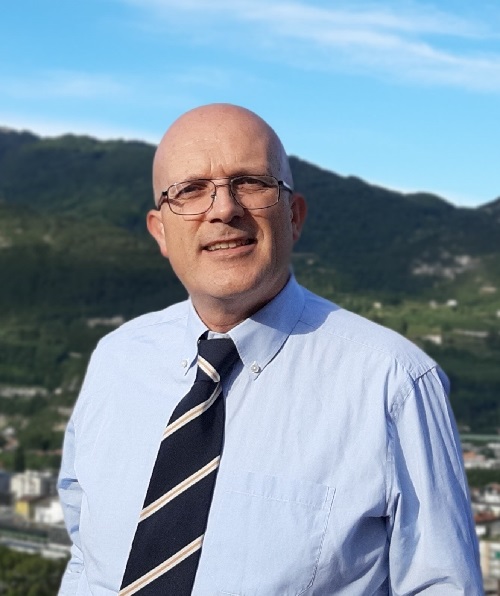
Giovanni Cattani, General Manager of Siemens Energy Transformers s.r.l. Trento, Italy
Giovanni, thank you for taking the time to share your knowledge and insights about Siemens Energy Transformers factory in Trento and your very successful career in the industry.
First of all, congratulations to Siemens Energy Transformers in Trento on 100 years of history. You became General Manager in 2014. Tell us a little bit about the Trento factory, which is one of the oldest factories, isn’t it?
Giovanni Cattani: That’s right, I became General Manager in 2014 and together with my team I manage the business, driving the factory towards the future. We’re a long-established factory with a 100-year tradition of delivering high-quality transformers across the world.
The factory was founded in Trento (Northern Italy) on the 3rd February 1921, and it kept its name of S.T.E.M (Società Trentina Elettro Meccanica) until 1986. In 2005 it became part of Siemens AG and starting from 2020, after the spin-off of Siemens AG, we’ve been part of Siemens Energy.
We are an international company with a strong local connection with the Trentino territory, but at the same time, we are highly oriented to foreign markets with more than 85% of our orders coming from the export market – mainly Europe, USA and Middle East.
Our highly motivated workers, employees, technicians and engineers are our real asset that helped us achieve this level and thanks to them we will successfully overcome the challenges of the new century.
I’m proud to work for a company that is innovating, looking for new technologies and helping customers in the energy transition in a more sustainable way. It’s a factory with strong competences, local roots and international vision and breadth that is contributing to a better energy distribution, making a real difference in the world.
Giovanni, what is the specialty focus of the Trento plant? What range of transformers are manufactured there?
Our main business is the development and production of innovative power transformer solutions for special customer demands. Nearly every transformer delivered out of Trento is unique and tailor made according to the customer specifications.
The products that we manufacture are:
-
Single/three-phase transformers (generator step-up transformers, unit auxiliary transformers, grid network transformers, mobile substation transformers)
-
Single/three-phase autotransformers
-
Railway feeder transformers
Our design range comprises transformers, both mineral oil as well as synthetic and natural ester filled units, from 10 MVA to 150 MVA and up to 300 kV.
One of the changes we see taking place in our industry is the focus on reliability engineering by design. How does Siemens Energy Trento integrate all aspects of the process from design to engineering, and from engineering to integrating production, quality control, testing and commissioning?
GC: We know that reliability of our products is extremely important to our customers, so we have invested a lot over the years to improve all processes.
It all starts with reliable design, which is ensured by using consolidated and harmonized solutions that are developed by central R&D teams and subjected to test programs. The feedback is collected before and after their applications on dedicated platforms.
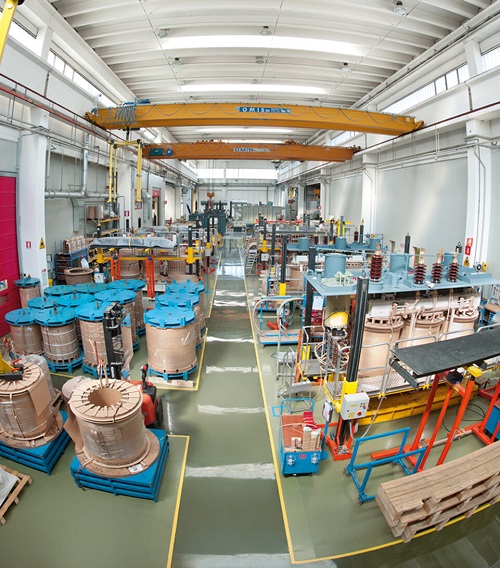
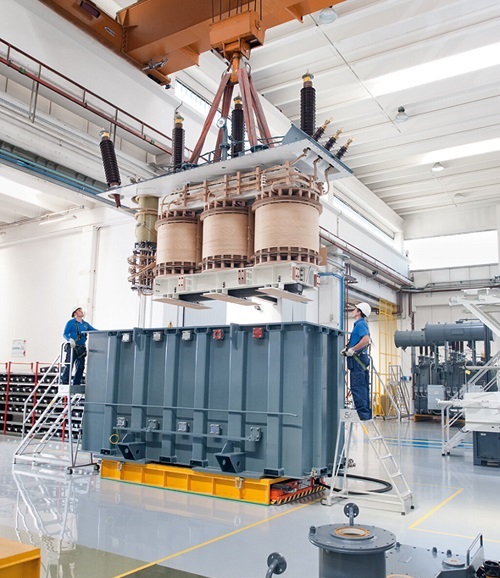
Technical risk evaluation is performed at different levels, with suitable methodologies (such as Complexity Matrices, FMEAS, etc.) for detecting problems before they happen. Safety and environmental aspects are also evaluated.
Check, review and validation points are well established (according to ISO), as well as the entire process from design, through manufacturing (including manufacturing, engineering and quality experts) up to the final tests.
Analyses are performed, in case of failures in the factory or claims from the field, by interdisciplinary teams (e.g. with 8D technique). Non-conformities (NC) are constantly monitored, and statistics are maintained for feeding a continuous improvement loop and increasing reliability.
What are some of the biggest challenges that the global transformers market will be facing in the years and decades ahead and what is Siemens Energy Trento doing to overcome those challenges?
GC: One the biggest challenges will be, of course, the decarbonization, which will play a central role in the decades to come. At Siemens Energy, there is a clear commitment to carbon-neutral operations.
At our Trento facility, decarbonization and the carbon-footprint of our products is seen as a step of upmost importance towards sustainability. In 2019, we obtained a certification for our systematic approach according to the latest ISO 14067: 2018 (Annex C), and thanks to this, we can respond to our customer’s requests ON TIME because we are able to autonomously create a carbon-footprint register of our power transformers and monitor the environmental impact, the CO2 emissions, without the necessity of providing each time a third-party verification statement.
Another challenge that I see is the integration of energy generated by renewables in the existing power grids and providing solutions for a smooth transition to a more decentralized power supply.
We’ve been actively working on this challenge for years because we are convinced that renewables are the right path towards a sustainable electrical system, as the world seeks long-term economic solutions. At Trento, we started manufacturing power transformers for renewable applications back in 1997, and since then, we have successfully delivered about 500 units to more than 40 different countries all around the world.
Finally, the areas that are seeing growing development are digitalization and resiliency. We are focusing on these areas together with Siemens Energy, including the innovative solution called “Sensformer”. Thanks to this innovation, we equipped our products with a new device developed by Siemens Energy which allows real-time and remote monitoring of transformer parameters with units connected to the Cloud service. Using this technology, we can collect the data to analyze and simulate the operating condition of the transformers, allowing our customers to make informed decisions about asset management, predictive maintenance planning and improving operation of their electricity network to ensure continuity of service.
You must have seen a great deal during your career with Siemens and Siemens Energy. What would be one or two of the significant highlights of your career thus far?
GC: I started working at the Trento factory in 1990 and for Siemens in 2005, holding different positions.
My personal highlight was in 2012, when I started my position with Siemens as Global Commodity Manager for grain-oriented steel, negotiating volumes for all power transformer factories. It was a great opportunity for me to deal with worldwide supplier base and international teams who supported me in reaching ambitious goals.
Another significant highlight was in 2014, when I was appointed General Manager of the Trento factory, where I started my carrier after university and where now I see implemented and realized many of the ideas that I developed over the years with my teams and colleagues.
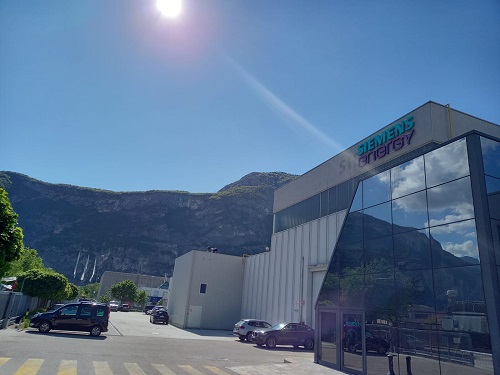
I’m proud to work for a company that is innovating, looking for new technologies and helping customers in the energy transition in a more sustainable way – a factory with strong competences, with local roots and international vision and breadth, which is contributing to a better energy distribution making a real difference in the world.
How has Covid-19 affected or changed the approach you are taking regarding these challenges?
GC: As you well know, Italy was one the countries that suffered a lot in the beginning of the outbreak of COVID-19. Nevertheless, even during the lockdown that was imposed by the Italian Government in March 2020, our business was classified as “essential”, so we did not close the factory. We have implemented stringent measures to stay fully operational through the crisis.
In the past we introduced the remote inspection and FAT, and we took the occasion to additionally improve this technology. Our clients appreciate this huge advantage that gives them the possibility for home office inspection.
Additionally, before COVID-19, we had introduced the smart-working activities which allowed us to adapt easily to the “new normal” and successfully deal with this challenging situation.
How do you advocate for diversity, equity, and inclusion in your company?
GC: Siemens Energy believes that inclusion and diversity create more opportunity for success. Regardless of gender, age, ethnic or other differences, everyone has an equal part to play in the energizing society.
At Trento we believe that through diversity we generate power, and this is the belief and practice supported by our headquarters. We are proud to have in our factory employees coming from 11 different countries and some of the key positions are headed by women, such as CFO, Head of HR, Head of Business Administration and Head of Logistics.
Giovanni, what is your vision for the future?
GC: We have six topics that we are putting at the core, which can be translated into real actions as a partner and driver of the green energy transition. They include:
Digitalization: Focus on customer value from information via application on demand and anywhere from connected grid assets in a secure manner.
Efficiency: Providing products and solutions with state-of-art technologies to enable a highly efficient grid ensuring affordable energy.
Decarbonization: Becoming C02 neutral by building renewable and environmental power grids.
Resilience: Delivering high quality products and solutions for uninterrupted power supply, independent of the operating environment.
Innovation: Continuing to innovate together with our customers, creating a sustainable and greener world.
People: Investing in people and their capabilities, knowledge, competence and expertise, because our employers are the real asset of the company.
Any final thoughts or advice that you would give to young engineers just starting their careers, thinking back to when you had just graduated from the University of Padova?
